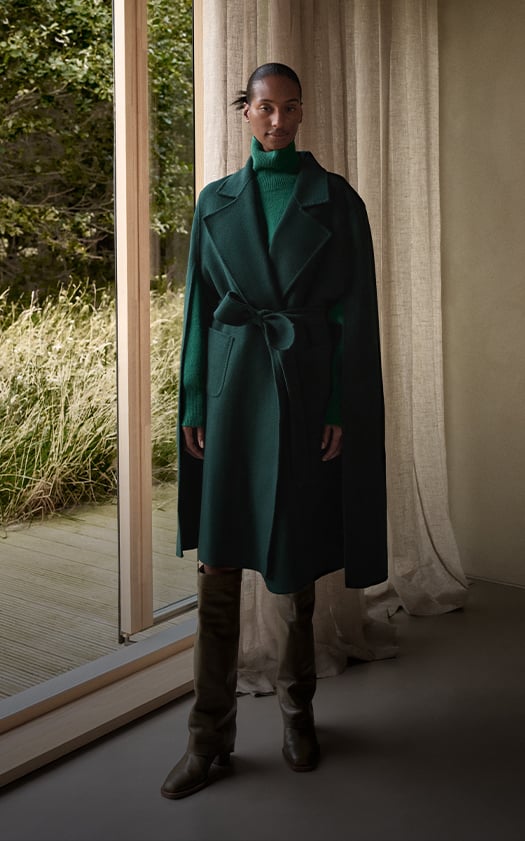
AW24 Favourites
Form a queue for the grand reopening of The Georgian on Monday 4th November – Prebook Now
Form a queue for the grand reopening of The Georgian on Monday 4th November – Prebook Now
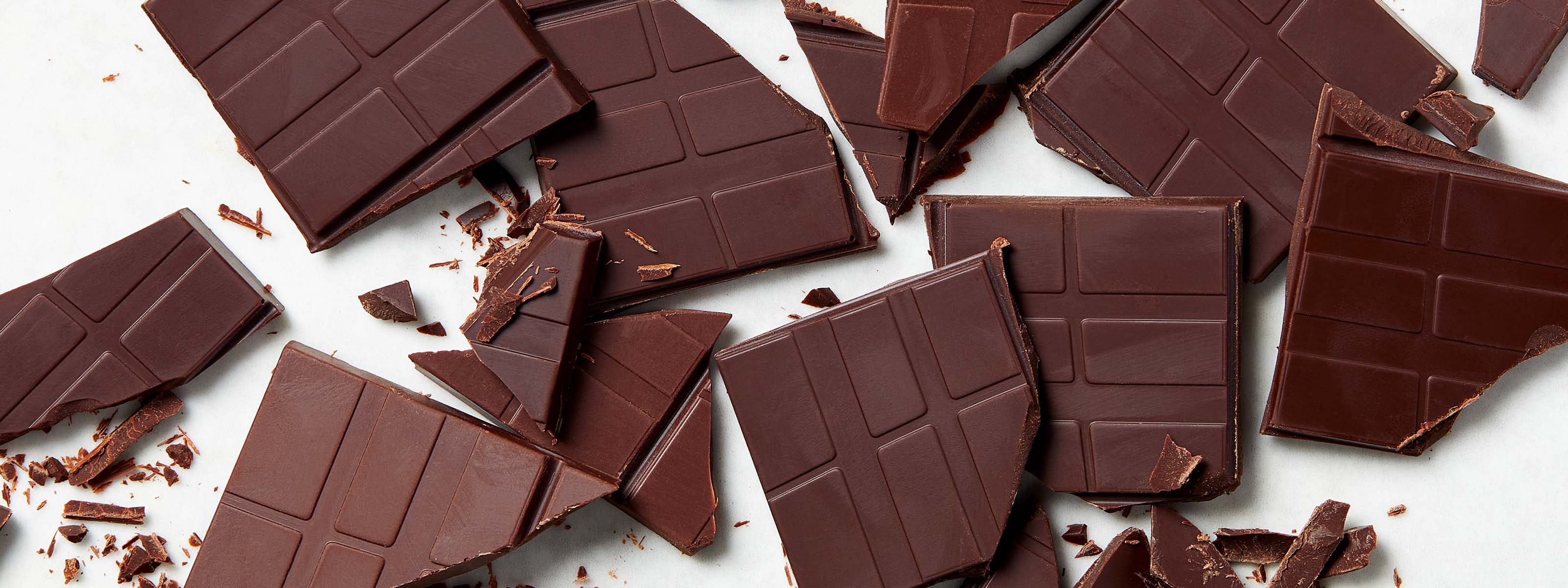
We’ve all heard of a wine tasting but what about hosting a chocolate tasting? High-quality craft chocolate, like good wine, promises an enticing variety of flavours and aromas. Savoured slowly (as opposed to inhaled), each square melts to reveal a captivating story: where the cacao was grown, how it was fermented, dried and roasted, and how the raw cacao was then transformed into the bar before you.
The good news is you needn’t be an expert to fully appreciate the charms of fine chocolate – nor do you need experience to put on a fun and interesting foodie night for your friends. With a selection of the best chocolate in the world, expert guidance and an appetite to learn, you too can taste chocolate like a pro.
This is the fun part. There are hundreds of craft chocolates to try, including our range of single-estate bars, supplied by award-winning British chocolatiers Firetree. You’ll find them in The Chocolate Hall (alongside other premium, luxury chocolate), and each is lovingly made using rare cocoa from single estates on remote volcanic South Pacific islands. They’re all 100% vegan, nut-free, kosher and halal, and they range from 68% to 100%.
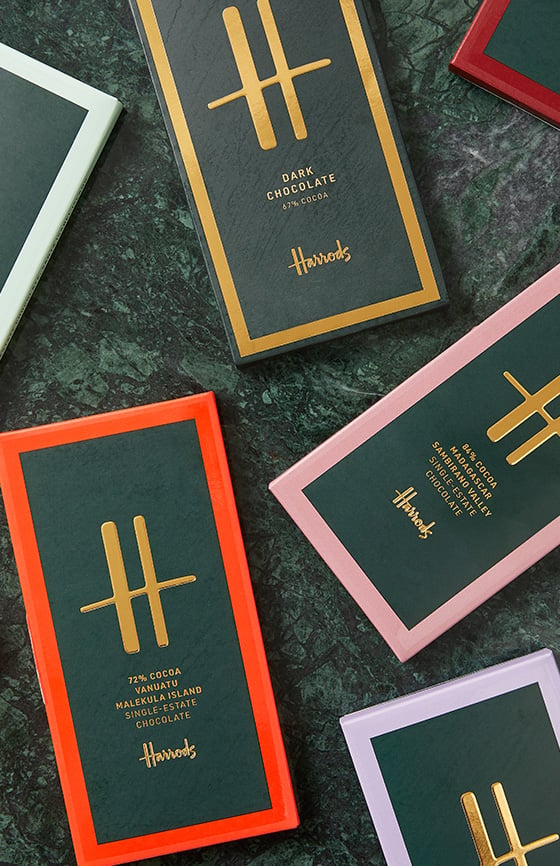
Step 1
Clean your hands. Wash out your mouth. Place a couple of squares of each chocolate next to your tasting sheet, ordering them from lowest cocoa percentage to highest to give your palate the easiest path to follow. If you’re including sweet or flavoured chocolates, taste them last. Try not to peek at the tasting notes written on the packaging. You’re ready to begin.
Step 2
Bring a square of chocolate to your nose and inhale. What do you smell? Write down your first impressions on your tasting sheet, without consulting others.
Step 3
Break a square in half. Does it have a crisp snap? That’s a mark of a premium chocolate. Now place it on your tongue to melt. Resist chewing for as long as you can. What do you taste? Write down initial impressions on your tasting sheet. As the chocolate melts, you may discover two or three ‘waves’ of flavour. Be patient.
Step 4
Repeat steps 2 and 3, this time consulting your Aroma & Flavour Wheel and discussing among the group. Do you smell and taste the same notes? There is no right or wrong answer. Pay attention to the sheen or glossiness of the chocolate too. Writes notes, keep tasting.
Step 5
Wash out your mouth with warm water and repeat the entire process with the next chocolate, then the next, then the next.
Step 6
Did you have a favourite? Were you surprised by the aromas, flavours and characteristics you identified? Once you’re finished, read the packaging to see if you picked up on the same notes. They may differ; that’s fine. It’s all part of the fun. The host can now read some background information about the terroir of each chocolate – see above.
“No secrets here,” says O’Dare. “The cocoa trees will extract all the nutrients from the soil, so the first flavour keys are obtained from the soil, exactly like wine.”
“The type of cocoa bean has an impact on flavour too. Our Madagasgar chocolate calls for a mix of Trinitario and Criollo beans, which offer incredible raspberry and lemon notes.”
“Thirdly, the environment has a significant influence. Climate, surrounding flora, interactive fauna (biome) all wrapped up in the word ‘terroir’.”
“Fourthly, and most importantly, the farmers and the exceptionally good farming practices they employ in horticulture, harvesting, fermentation and the drying of the cocoa beans. All these practices are critical, but fermentation is paramount in terms of flavour development.”
“Finally, the chocolate maker adds the last bit of magic, not least by finding the farmers with superb cocoa beans. Once at the chocolate factory, the whole bean is roasted to develop the flavour pre-cursors within the dried cocoa. The cocoa nibs are ground into cocoa liquor, which is then refined and conched. Finally, after many hours of coaxing and cooking at a low temperature, of teasing and blending the flavours together, we arrive at the finished tablet.”
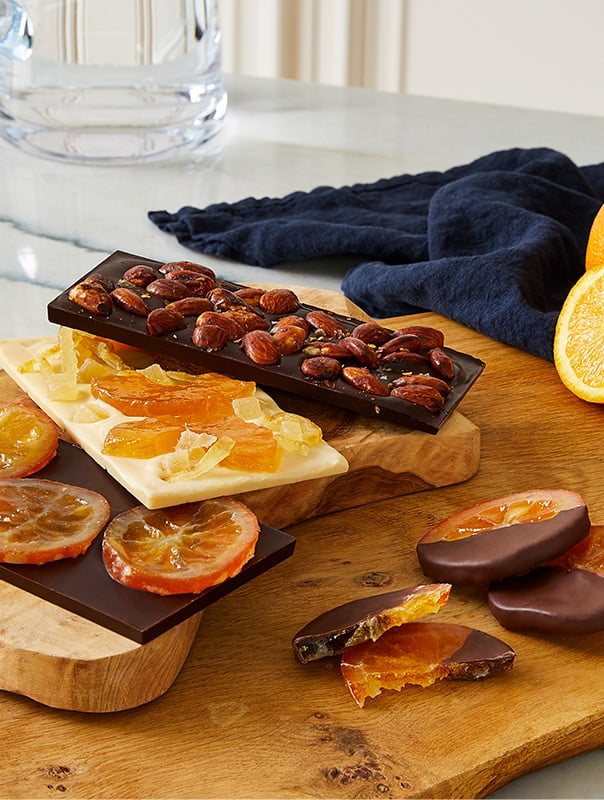
Simply put, craft chocolate is made by small-scale artisanal producers, often using high-quality ingredients and traditional production methods. These chocolatiers generally source their beans directly from the farmers and may also roast and grind the beans themselves.
In fact, it’s often marketed as bean-to-bar chocolate, meaning the chocolatiers manage the entire process. The result? Finer flavours, ethical sourcing and passion-driven chocolate that’s worth paying more for.
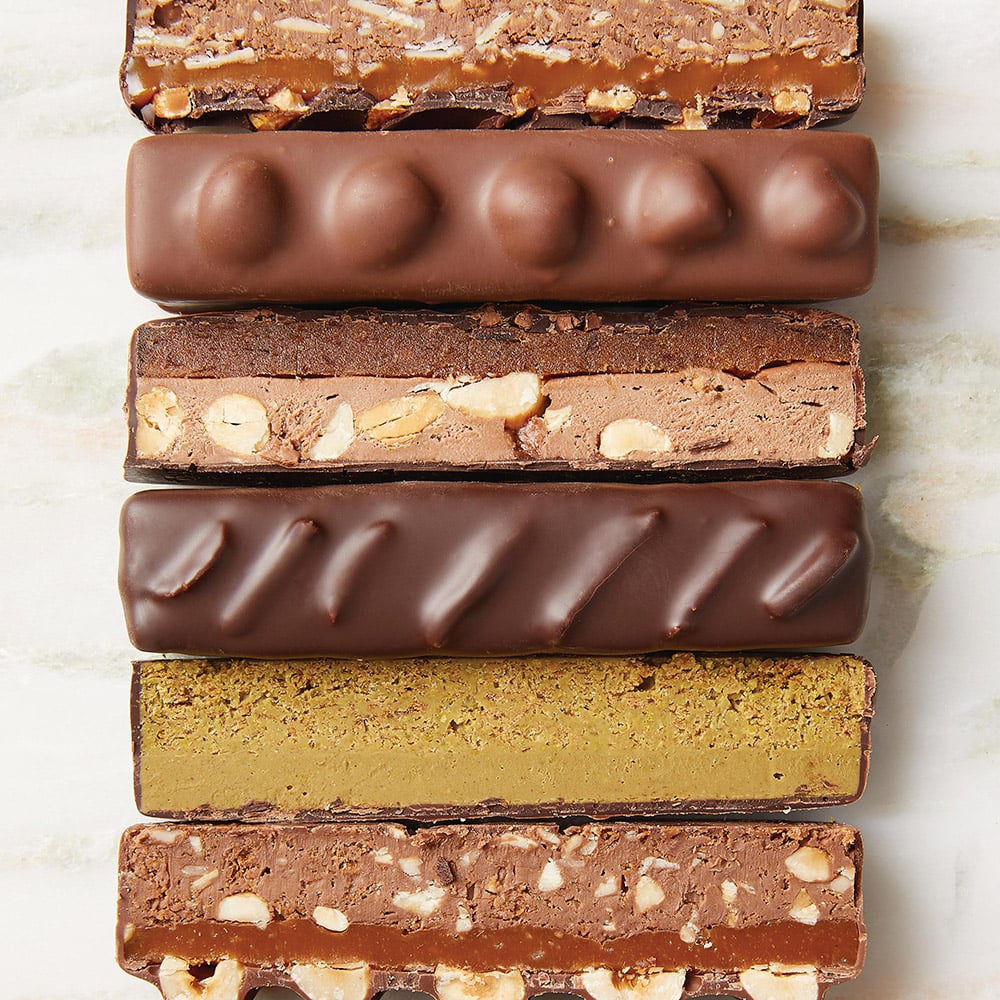
Don’t Miss: 10 Chocolate Facts to Know
How is chocolate made? What do cocoa percentages really mean? How should you store chocolate? Learn everything you need to know about chocolate ahead of your tasting evening.
To’ak: The Alchemy Range
Ever eaten ants? Take your palate on a journey with To’ak’s flavoured range of craft dark chocolate. Having started as a conservation project in Ecuador, To’ak works with 13 small-holder farmers to make chocolate from the rarest and most prized cocoa variety on earth: Ancient Nacional. Now, in celebration of the culinary traditions of four of the most incredible ecosystems on the planet – the Amazon Rainforest, the Andes Mountains, the Pacific Coast and the Galapagos Islands – the chocolatier has launched the Alchemy range, flavoured by the likes of malva ants, flowers and tucupi.
Stories
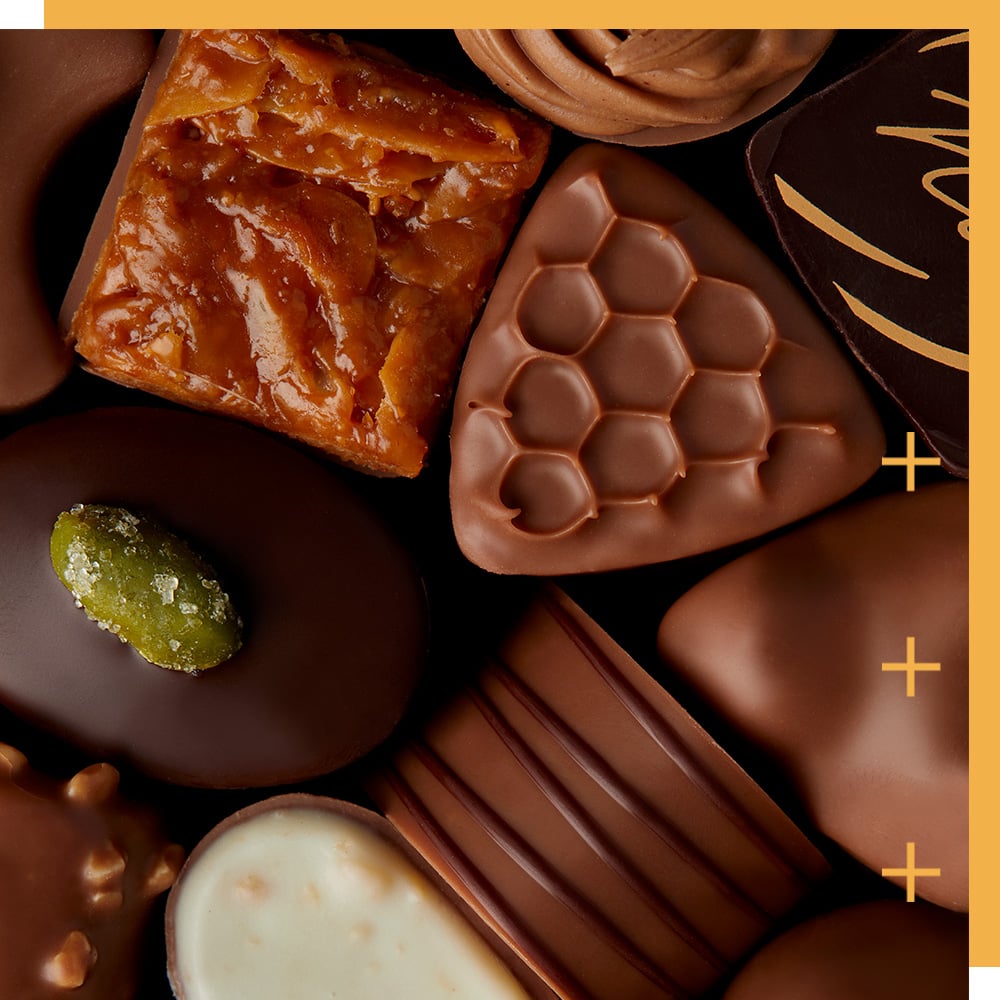
What sets their chocolate apart? What do they think of white chocolate? We speak to Pierre Marcolini, Elias Läderach, William Curley and our very own Alistair Birt MCA about our favourite cocoa creations.
Read & Shop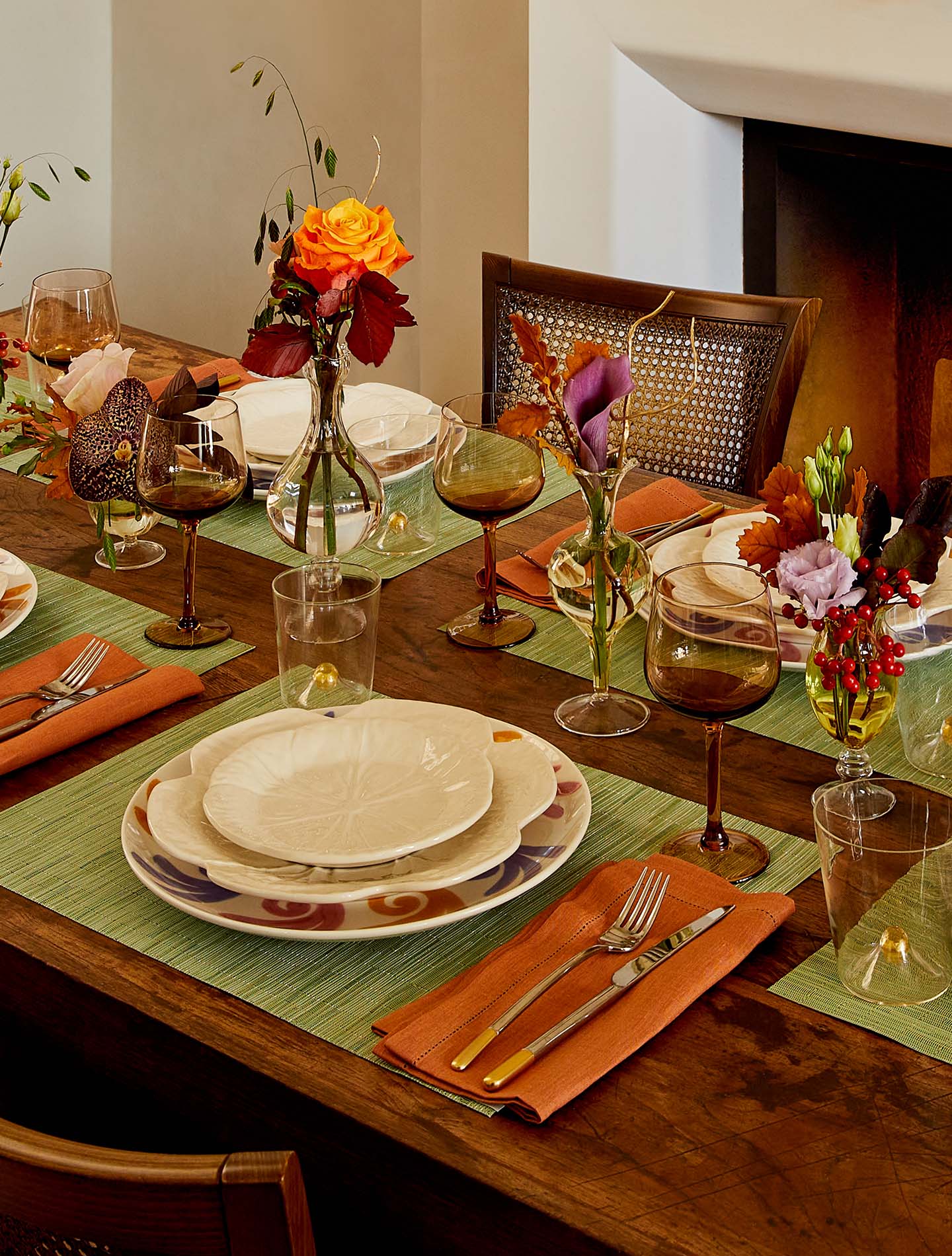
Make the autumn social season a (crisp) walk in the park with cosy décor ideas, seasonal chef recipes and expert guides.
Discover the Home Entertaining Boutique
Bringing you a weekly dose of everything from chef recipes to dinner party solutions – at Harrods, it’s all about living your best life.
Read & Shop